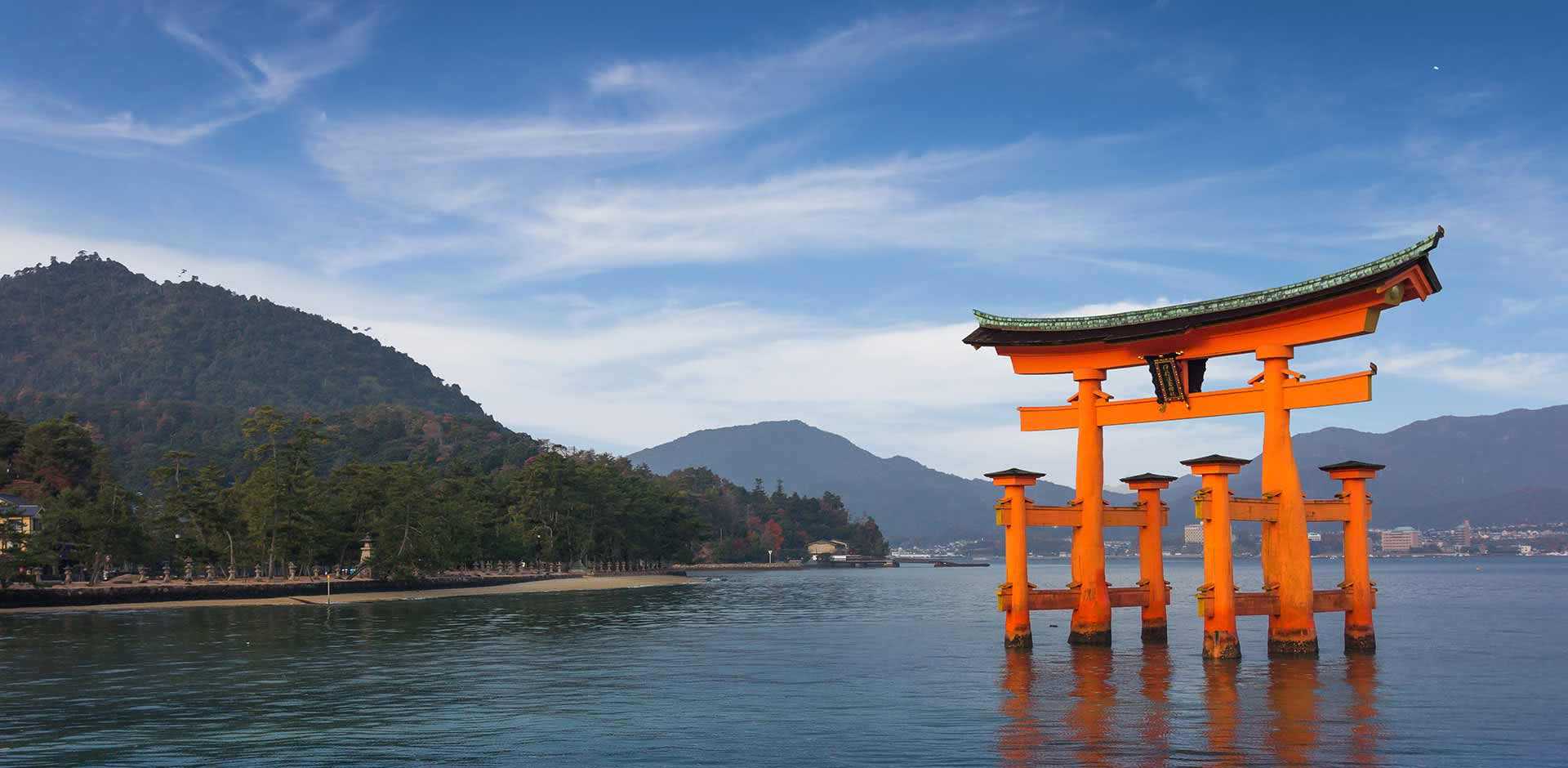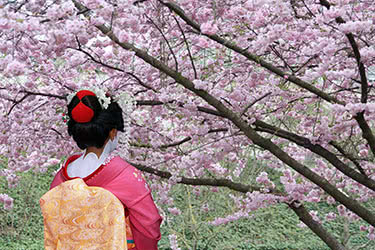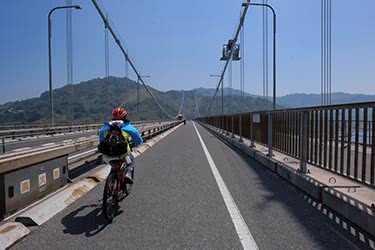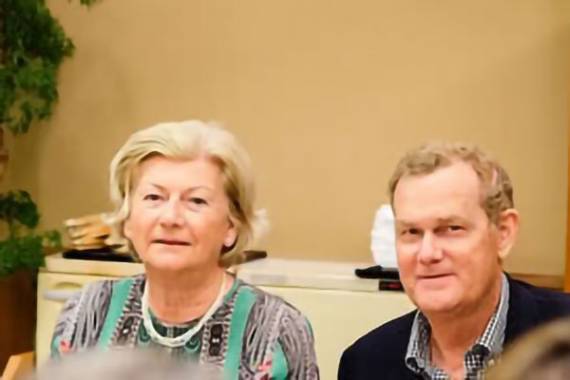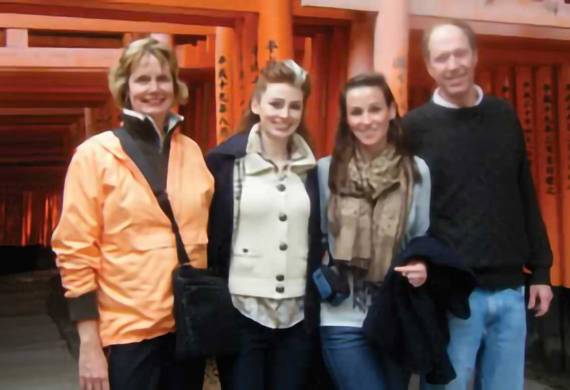
Sheraton Hiroshima
In the heart of bustling Hiroshima sits the Sheraton Grand Hiroshima Hotel, a luxurious modern high-rise hotel that is a short walk away from Hiroshima Station and Mazda Zoom-Zoom Stadium. The contemporary, spacious rooms feature custom designed beds, flat-screen televisions, complimentary Wi-Fi, and floor-to-ceiling windows that reveal stunning views of the city’s skyline. The hotel houses three restaurants. Restaurant Miyabi-tei serves opulent Japanese Kaiseki course meals, fresh sushi prepared by a master chef, and Teppan-yaki grilled courses. An inviting bar and buffet-style restaurant are also in-house. Guests can unwind at the signature Shina Spa, take advantage of the hotel's fitness gym, or enjoy the pool and Jacuzzi facilities. Meeting and event space is available, as is parking.
